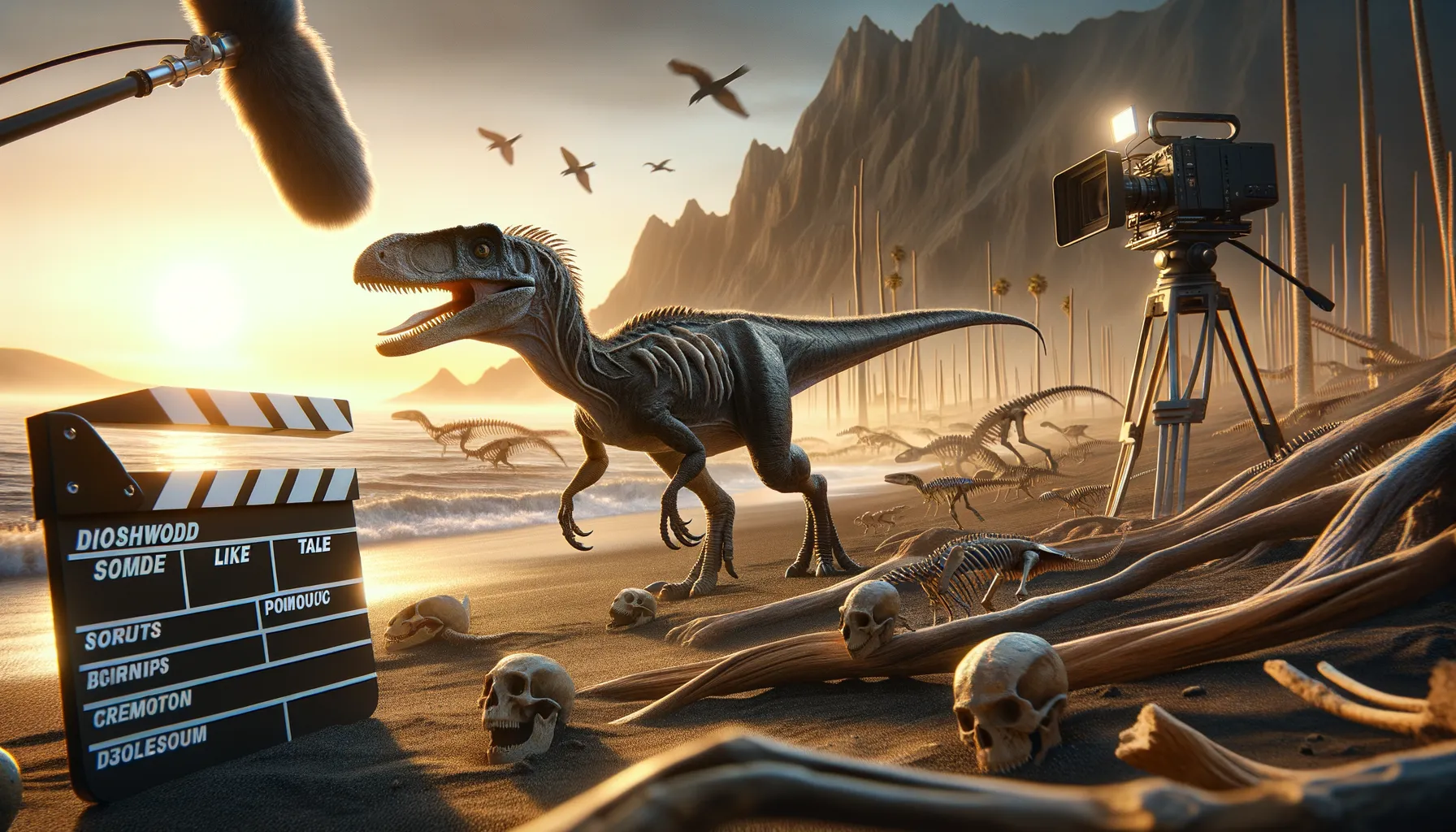
Ceratonykus
Swift and nimble, a Cretaceous marvel.
Period
Cretaceous
Length
Measured approximately 2 to 3 feet in length.
Height
Stood about 1 to 2 feet tall at the hip.
Weight
Roughly 3 to 5 kilograms.
Ceratonykus was a small theropod dinosaur known for its swift agility and lightweight build, inhabiting the Late Cretaceous period. With a bird-like appearance, it is largely recognized for its unique skeletal structure which suggests adeptness in quick movements while possibly hunting small prey or foraging. Its fossils, primarily unearthed in Mongolia, have provided intriguing insights into theropod diversity and evolution.
Diet
Ceratonykus likely had an insectivorous diet, feeding on small insects and possibly other small invertebrates. Its adaptations suggest a specialized hunting strategy to capture agile prey.
Hunting
It probably used its speed and agility to snatch insects and small prey in quick bursts. The structure of its limbs indicates it was adept at rapid, sudden movements, essential for capturing fast-moving prey.
Environmental challenges
Ceratonykus faced natural challenges including predation from larger dinosaurs and fluctuating environmental conditions. The Late Cretaceous period was marked by dynamic ecosystems, requiring quick adaptation for survival. Climate changes could have affected food availability, pressing Ceratonykus to hone its hunting strategies efficiently.
Speed
Swift for its size, capable of agile movements.
Lifespan
Estimated to reach around 10 to 20 years.
First discovery
First discovered in Mongolia by a team of paleontologists.
Fun Facts
- Ceratonykus was a small dinosaur discovered in Mongolia, estimated to be about 2 feet long.
- The name 'Ceratonykus' means 'horned claw,' referring to its distinctive claws that might have been used for digging or grasping.
- This dinosaur is known from the Late Cretaceous period, meaning it lived around 70 million years ago.
- Ceratonykus belonged to a group called alvarezsaurs, which are known for their bird-like features.
- Despite its size, Ceratonykus may have been a fast and agile runner, helping it escape predators.
- Its diet is believed to have been small insects or other invertebrates, given its specialized, reduced teeth.
- Ceratonykus had a strong, single claw on each hand, which differentiates it from many other dinosaurs.
Growth and Development
Growth in Ceratonykus was relatively quick, facilitating its adaptability and survival in dynamic environments. Juveniles may have relied on body size and speed for protection. The developmental stages involved changes in limb proportions, optimizing them for swift mobility as they aged.
Habitat
Ceratonykus inhabited regions that were possibly semi-arid with scattered vegetation. Its environment supported a variety of life forms, providing ample food resources. These dinosaurs preferred open areas where they could exploit their speed to evade predators.
Interaction with other species
Ceratonykus likely coexisted with other theropods and herbivorous dinosaurs. Competition for food sources, such as insects and small vertebrates, may have influenced its hunting strategies. Its interactions were complex, involving both conflict and coexistence depending on circumstances.
Natural lifespan
Ceratonykus had a natural lifespan of approximately 10 to 20 years.
Reproduction
Ceratonykus likely laid eggs, as indicated by typical theropod reproductive behaviors. Nests would have been built in hidden, safe locations to protect from predators. Parental care, if present, would have played a crucial role during initial growth stages.
Social behaviour
This dinosaur may have exhibited solitary behavior, focusing on individual survival strategies. Occasional group interactions could have occurred during breeding periods or in response to environmental pressures.
Fossil locations
Fossils of Ceratonykus have predominantly been found in Mongolia. These remains have provided significant insight into its anatomy and ecological role. The fossil sites have been a focal area for ongoing paleontological research.
